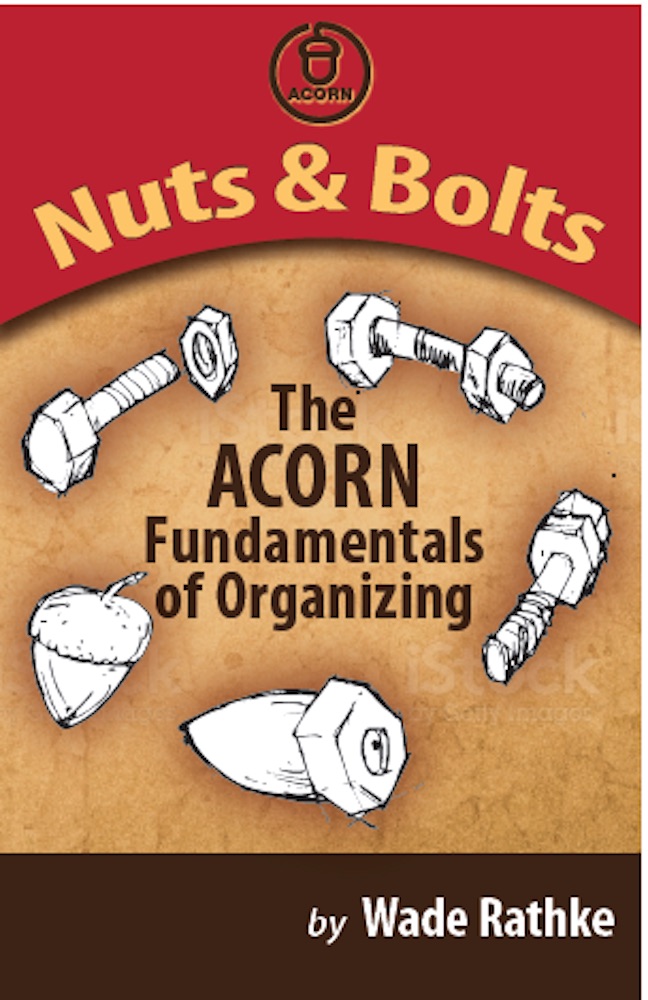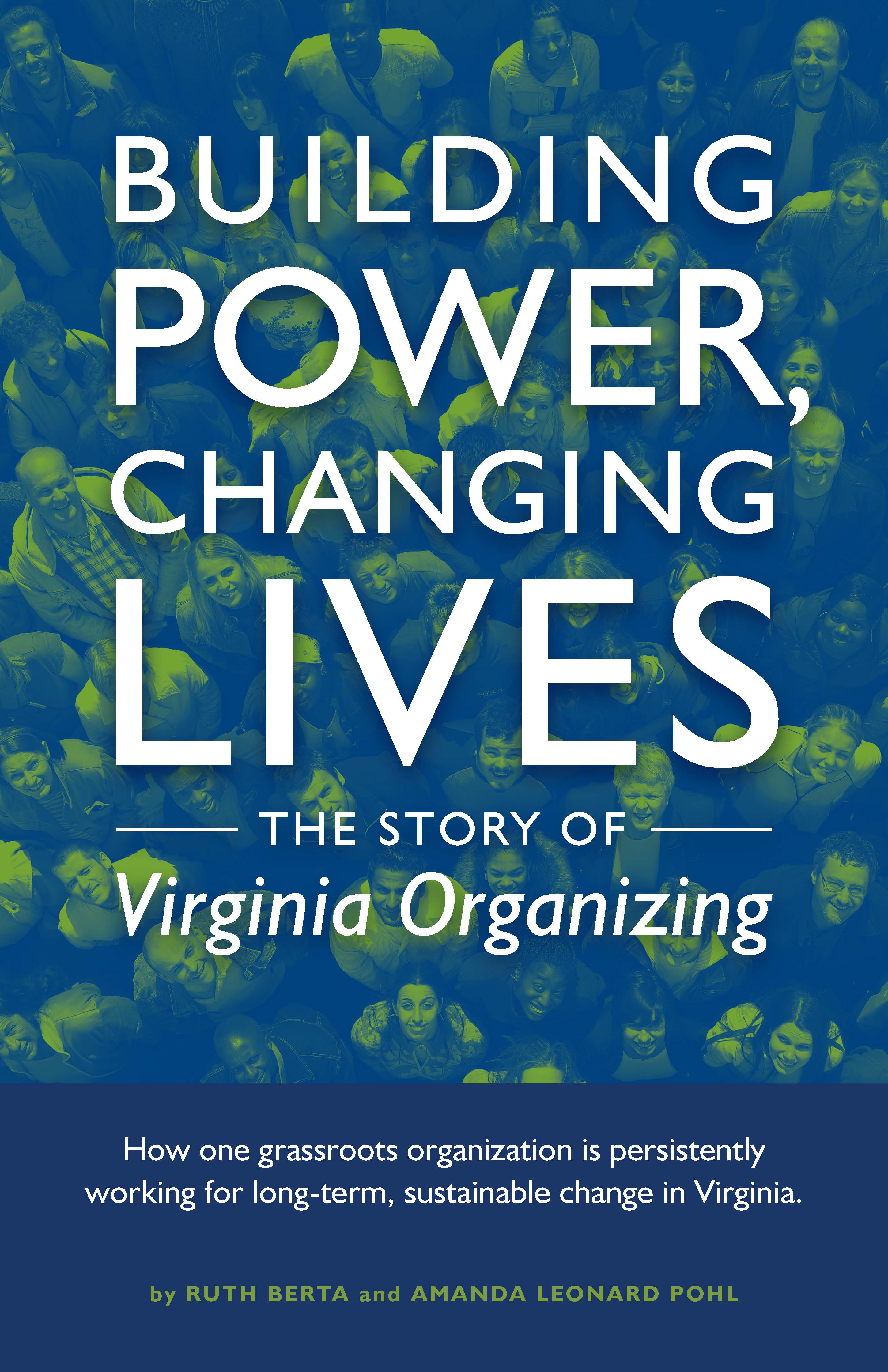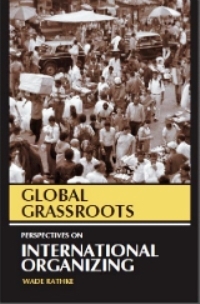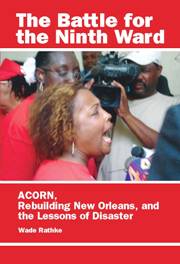COMMUNITY DEVELOPMENT CORNER - The Long and Rocky Road of the Community Reinvestment Act
Written by SP subscriptions
Josh Silver has written a most compelling story about the Community Reinvestment Act, a federal law enacted in 1977 that basically bans redlining. In ”Ending Redlining through a Community Centered Reform of the Community Reinvestment Act” Silver offers a comprehensive overview of the history, contemporary controversies, and potential futures surrounding this vital law. (See excerpt earlier in this issue) I was honored when he invited me to write the Foreword for this book just published by Armin Lear Press. What follows is that Foreword.
If Gale Cincotta was the “Mother of the Community Reinvestment Act,” as her admirers affectionately called her, then Josh Silver is at least a first cousin. To mix metaphors, Josh is both “Mr. Inside” and “Mr. Outside” when it comes to CRA. He has advised regulatory agencies and testified before Congressional committees on the evolution of legislative and regulatory initiatives as part of the policymaking infrastructure that has implemented the law. At the same time he has provided research assistance, organizing advice, and other guidance to advocacy groups who have challenged policymakers and the industry they supervise in utilizing the CRA to advance revitalization of traditionally underserved communities. In addition, as a middleman of sorts he has been an integral part of teams that have negotiated community benefits agreements directly with financial service providers. Throughout the book he points to many victories that would not have been achieved absent the CRA, many in which he was a key player.
This book provides encyclopedic analyses of many of the controversies surrounding the CRA, from the legislative debates leading up to passage of the statute in 1977 through subsequent and current debates over passage (and sometimes rejection) of various proposals for reform in efforts to modernize the law. Much of the book focuses on the role of the National Community Reinvestment Coalition (NCRC) where Josh has “lived” for over 25 years. He is an advocate. But he offers careful, nuanced analyses of the many perspectives that have shaped the debate. And while an advocate, he astutely recognizes the importance of the CRA, the need for compromise, and the limits of this law.
At the same time, while no one law can achieve the vision of CRA, in the conclusion Josh points to “CRA-inspired synergies among legal requirements, public policy, and private-sector actors” that are essential to address a wide range of issues including climate change, living wage requirements, health care, and many more. So CRA offers many lessons for financial service industries, their regulators, and the communities they serve. But these lessons apply to many other actors as well.
Perhaps the most important message of this book, reiterated throughout, is the vital role of community organizations and the voice of local communities. But this points to the greatest threat to the letter and spirit of this law as well. Lenders and their lobbyists are well heeled. They will always be around. They will be well paid. And they will always be focused on the narrow interests of their employers and clients. Community organizations are almost always looking for resources, particularly funding. Burnout is very real among underpaid organizers. Demands on advocacy groups seem to grow. Foundation priorities change. Public officials who support community reinvestment leave office and are often replaced by those with a very different agenda. The future is uncertain.
Community reinvestment has long been an arena of contested terrain. This is not likely to change in the near future, as this book makes so clear. The challenges are many. Josh Silver is one figure who provides reason for optimism that there are bright lights ahead and they are not all trains coming the other way.
Gregory D. Squires, Research Professor and Professor Emeritus in the Department of Sociology at George Washington University











